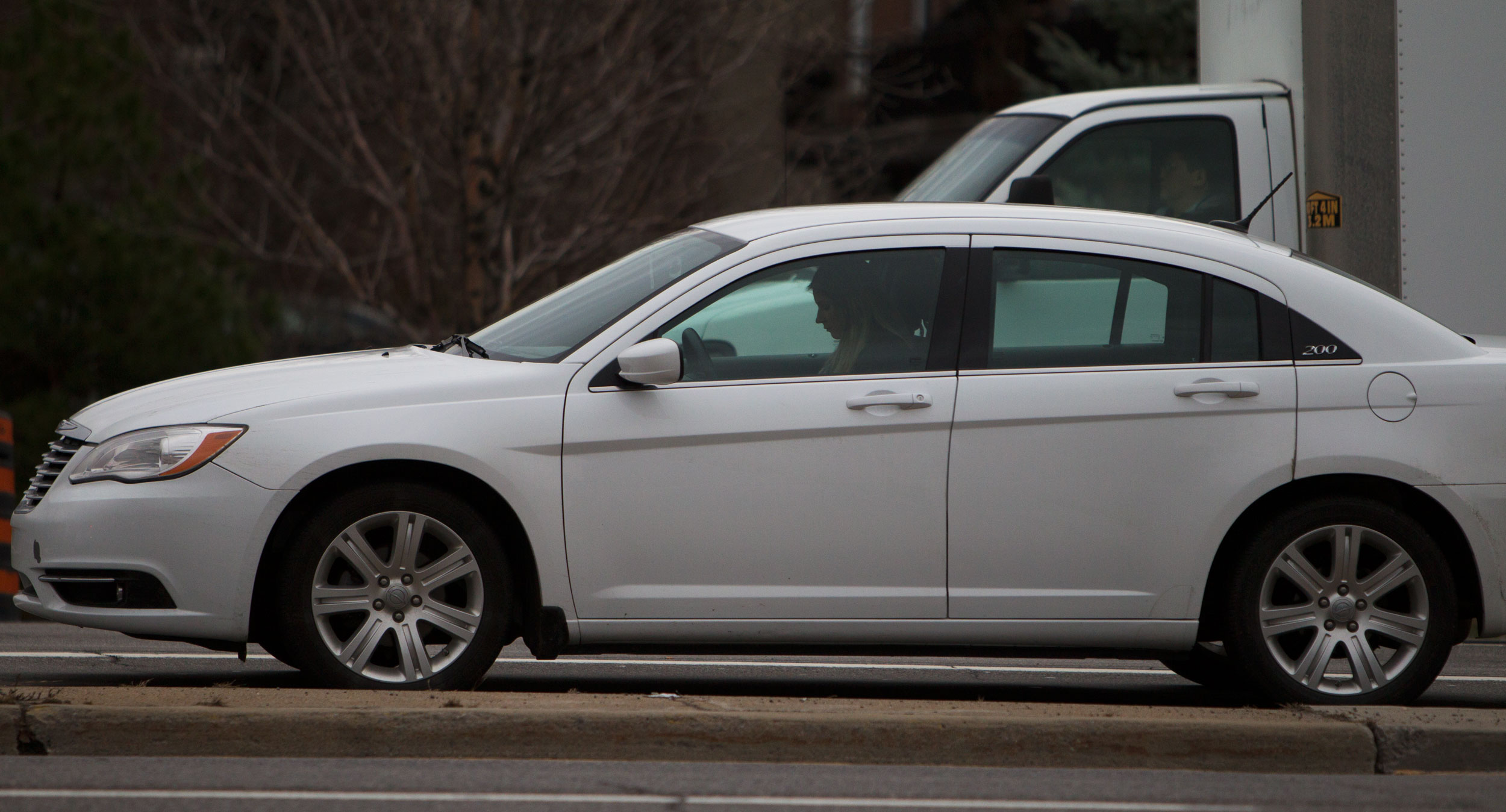Tags
Related Posts
Share This
Don’t phone home: The fight to stop distracted driving
By Karen Henderson
Distracted driving is set to outstrip drunk driving as the leading cause of death by collision in Ontario by 2016, according to the Ontario Ministry of Transportation.
Ottawa police and many community organizations want to educate drivers about the dangers of cell-phone use while driving.
“You’re focusing on your device. You’re not aware of your surroundings,” Ottawa Police Traffic Sgt. Denis Hull said. “If you’re travelling at 100 kilometres per hour while you’re texting, your head is down for the entire length of a football field.”
“It’s a habit that people have, they need to be in touch with what’s happening,” Hull said. “As soon as they hear that ping it’s stronger than them and they just have to pick up.”
Ottawa Police Services says distracted driving killed 78 people in Ontario in 2013, and it has taken the lives of more than 400 people in the province since 2010. In the last five years, distracted driving collisions caused 6,400 injuries in Ontario. The Canadian Automobile Association published statistics indicating that drivers are 23 times more likely to crash if they are fiddling with their cell phones.
Many motorists don’t seem to think there’s a problem with checking their phone on the road. There is even a trend on Twitter using the hashtag #drivingselfie, where drivers take posed pictures of themselves while driving and post them to Twitter.
Oh hey, #drivingselfie - I didn't kill anyone! And I have black eyes. pic.twitter.com/GM72Aqk2gh
— CatasTrophy (@TrophyCatas) July 1, 2014
However, a drive to fight technology with technology has resulted in the design of several anti-distracted driving apps that customers can download for free.
Grade 10 student Whitney Anderson from Prince George, B.C., invented a distracted driving app for the Canada-Wide Science Fair that won her a Blackberry Smartphone App Development Award. Her app locks down the screen when the vehicle goes over 20 kilometres per hour. While it still answers phone calls in speaker-phone mode and reads texts out loud, the driver can’t access the home screen until the vehicle has stopped.
Anderson said she was interested in technology but chose to focus on preventing distracted driving because of her father.
“He likes to be on the phone while he’s driving, so I wanted to make sure that he’s not anymore,” she said.
Anderson’s dedication is particularly important as the highest incidence of collisions is among drivers between the ages of 16 and 25, according to Hull. Young adults in this age group seem to be aware of the dangers cell phones present, even if they don’t always heed the warning. Cadence Harris, the Eastern Ontario Representative of Ontario Students Against Impaired Driving, said texting and driving is a problem at her school.
“If you talk to a lot of kids actually, they know it’s wrong – it’s just getting the message across to stop,” Harris said.
Bumpr, an app launched in September by insurance company Belairdirect and distracted driving awareness group Seriously…Just Drive, can sense incoming calls, texts and notifications.
According to the user’s preferences, the application can send calls straight to voicemail, block alerts and send prefabricated replies to texts without the attention of the user.
The Canadian Automobile Association is using more traditional methods to fight distracted driving by partnering with Ottawa Police Services in the Leave the Phone Alone Campaign, which aims to increase awareness and education about distracted driving. It started with a four-day blitz of catching and fining drivers texting or making calls at the wheel. At the end of the campaign, Ottawa police gave out 261 provincial offence notices related to mobile phone use.
The Ontario Ministry of Transportation has also introduced changes to the Highway Traffic Act to discourage drivers from distracted driving. These changes include stiffer fines of $300 to $1000, subtracting three demerit points upon conviction and putting a “distracted driving” provision on the Graduated Licensing System.
“Make no mistake – safe driving requires undivided attention,” Transportation Minister Steven Del Duca said when he introduced the bill in Toronto on Oct. 22.
Currently, Ontario fines drivers $280 for cell phone use while driving, with no demerit points. Nova Scotia, Prince Edward Island and Newfoundland and Labrador charge the highest fines, between $100 and $400, while Nunavut currently doesn’t fine drivers for distracted driving.









Very energetic blog, I enjoyed that a lot. Perhaps there is a part 2?